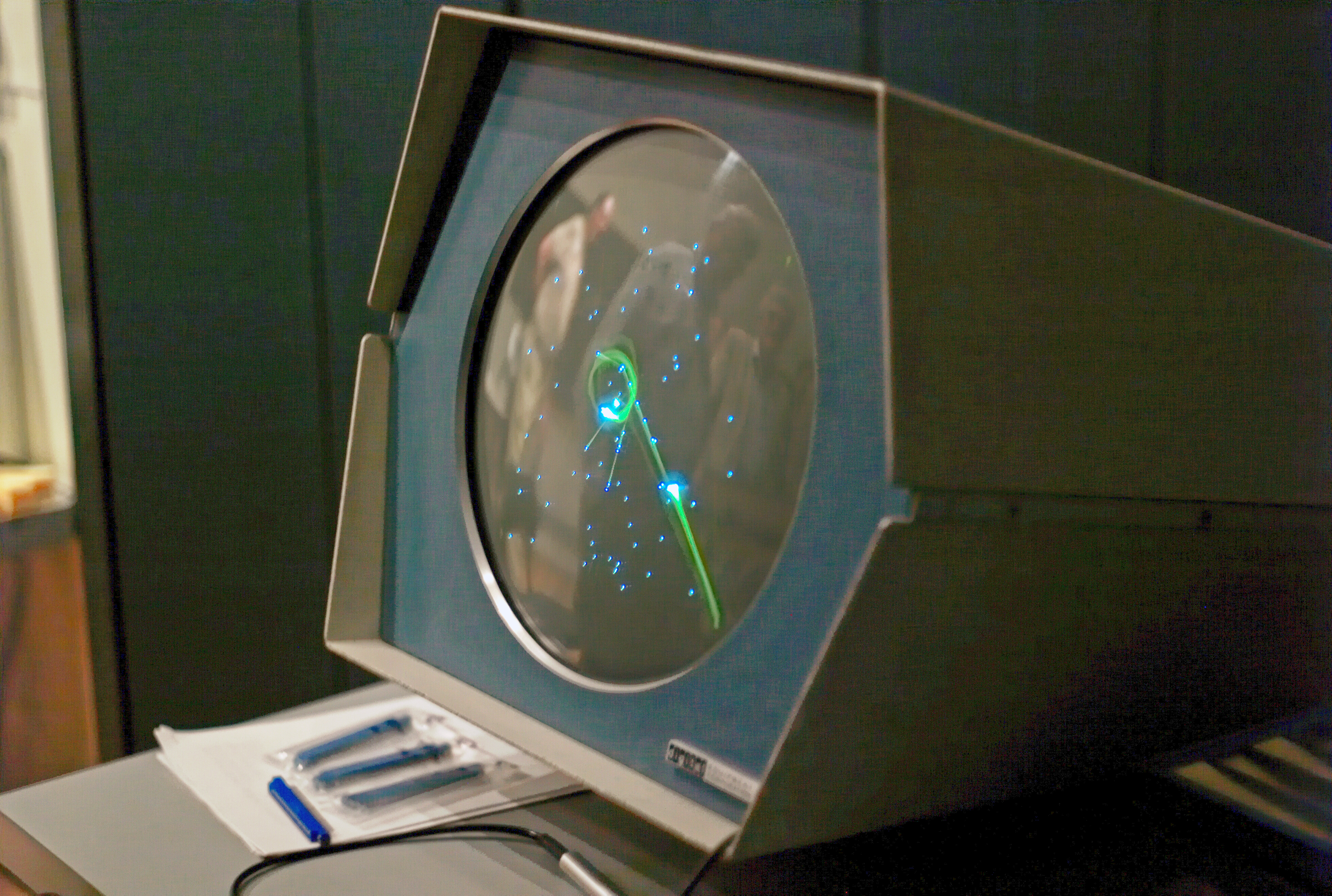It took 130 years to get from the theoretical design of a device
to automatically calculate mathematical problems to the first example of modern
consoles.
Charles Babbage’s Difference engine was one of the first
examples of a computer as well as one of the very first and most certainly not the last, examples of a machine
being better than most humans at maths. Unfortunately due to engineering limits
at the time the Difference engine wasn't successfully built until 1991 when
Babbage’s designs were proven to be valid.
With the problems the Difference engine had that leaves the
title of ‘example of one of the first programmable computers’ to go to a device
like Colossus, used by British code breakers in World War II. Colossus was developed to decode the German ciphers to their submarine Captains. It was developed by Tommy Flowers and mathematicians Dorothy Du Boisson and Elsie Booker though both women received little or no mention in computing history, much like a lot of the women involved in computer development through the years.
With the computing prequel over with let's fast forward to the 50's.
In rolled the 1950's and with it 'Tennis for two' in 1958. Tennis for two was played on a screen and with a hand held controller much like Mouse in the maze in 1959 expect this one used a light pen to guide the mouse.
 Swinging to the 60's we really start getting somewhere with the
Swinging to the 60's we really start getting somewhere with theappearance of Spacewar! created by Steve Russell, Martin Craetz and Wayne Wiitanen (Bellis, nd). The most interesting thing about Spacewar is that unlike Tennis for two, it brought forward the concept of a game being an original idea not a recreation of something that already exists outside the computer.
Finally hitting the 70's we meet Maze Wars, with a disk the size of a pizza and a design meant to be connected and played with others via the ethernet it is effectively to blame for Call of Duty. Maze wars was the first concept of a first person shooter and was the beginning of the idea of player avatars. Despite it's 1972 release Maze Wars was a clear starting point for more modern games considering through the years the idea has remained the same while the pictures get prettier.
 |
| Left to right: Maze Wars, Wolfenstein, Metro 2033 |
Cohen. nd http://classicgames.about.com/od/classicvideogames101/p/CathodeDevice.htm
https://en.wikipedia.org/wiki/Cathode_ray_tube_amusement_device
Bellis, nd http://inventors.about.com/library/inventors/blcomputer_videogames.htm
http://en.wikipedia.org/wiki/Maze_War

